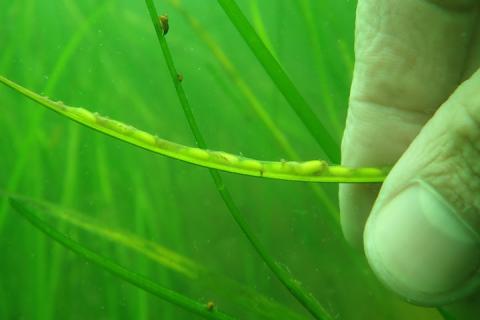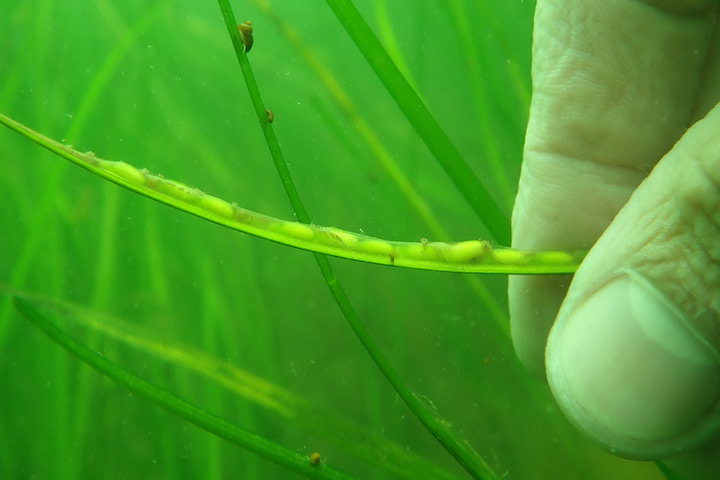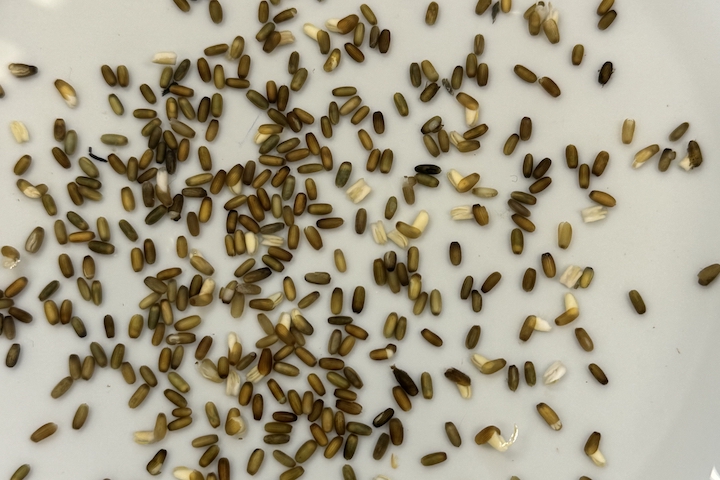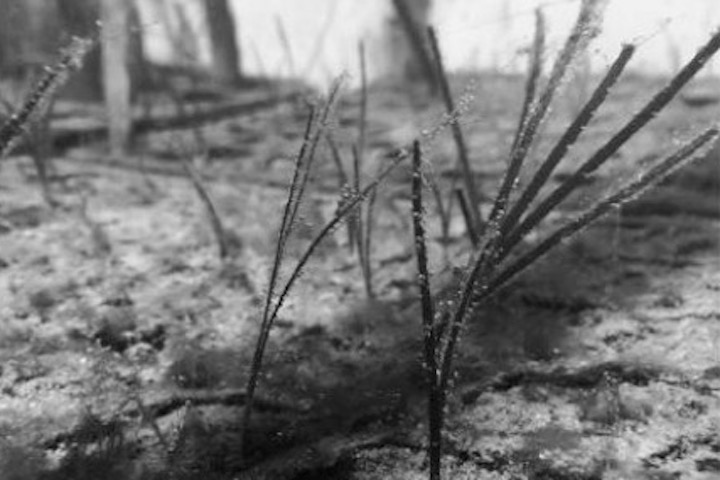
This multi-reserve project aims to fill communication gaps and improve restoration of eelgrass meadows by facilitating the transfer of seed-based restoration knowledge among practitioners spanning several regions.
Seagrass restoration is a high priority across the National Estuarine Research Reserve System and the focus of many collaborative partnerships among scientists, state and federal agencies, tribal governments, and non-governmental organizations. While the majority of seagrass restoration efforts to date have transplanted adult shoots using a variety of planting techniques, seed-based methods are becoming more common thanks, in part, to emerging observations of several critical benefits. In particular, planting sexually-produced seeds, as compared to transplanting vegetative shoots produced predominantly via asexual reproduction, has the potential to produce genetically-diverse, restored meadows. Genetic diversity in eelgrass populations is strongly positively correlated with greater production, increased resistance to and recovery from disturbance, and higher potential for adaptation to environmental change. Though a wide range of seed-based restoration techniques have been used for small- to large-scale restorations with varying degrees of success, a lack of information exchange mechanisms has hampered communication of lessons learned, best practices, and short- and long-term successes of these efforts, ultimately inhibiting progress and delaying recovery.
This multi-reserve project aims to address these communication gaps, and inform and improve seed-based restoration of eelgrass meadows, by facilitating the transfer of seed-based restoration knowledge among practitioners across several regions. The approach involves iterative engagement of intended users in the development of multiple publicly-available and easily-accessible resources, the establishment of a cross-continental network of seagrass restoration practitioners via a hybrid workshop, and the development of tools to support the continued exchange of ideas and information. Final products include a StoryMap that represents the first comprehensive summary of key information such as the locations of seed-based restoration efforts, different methods, site characteristics, monitoring efforts, and lessons learned, as well as highlights from the hybrid workshop to facilitate continued communication and collaboration.


